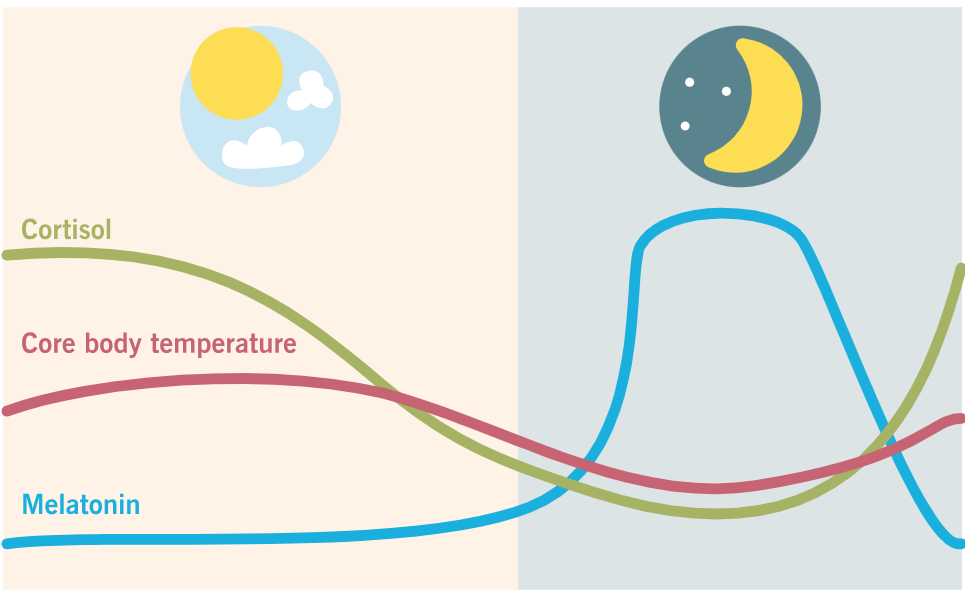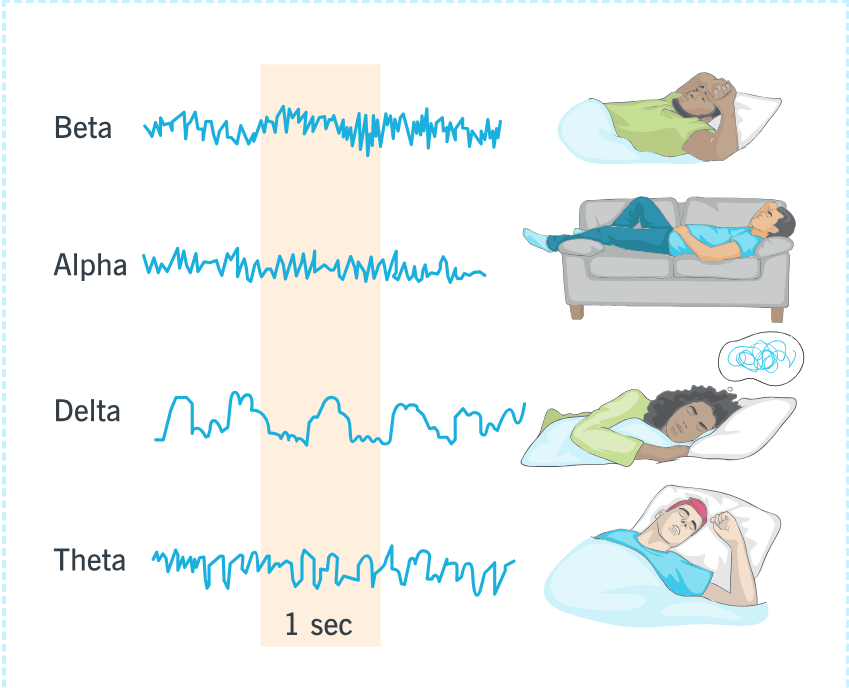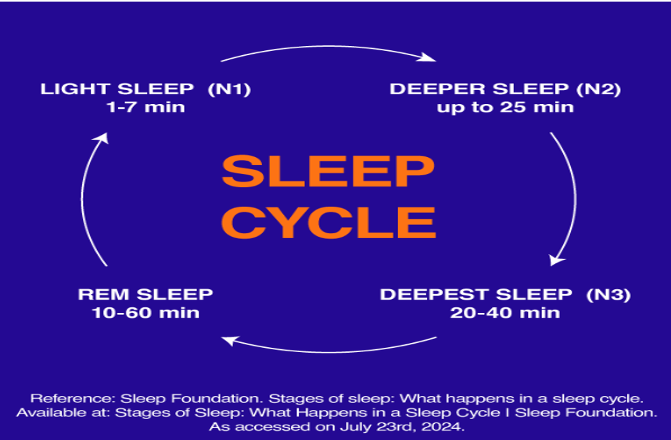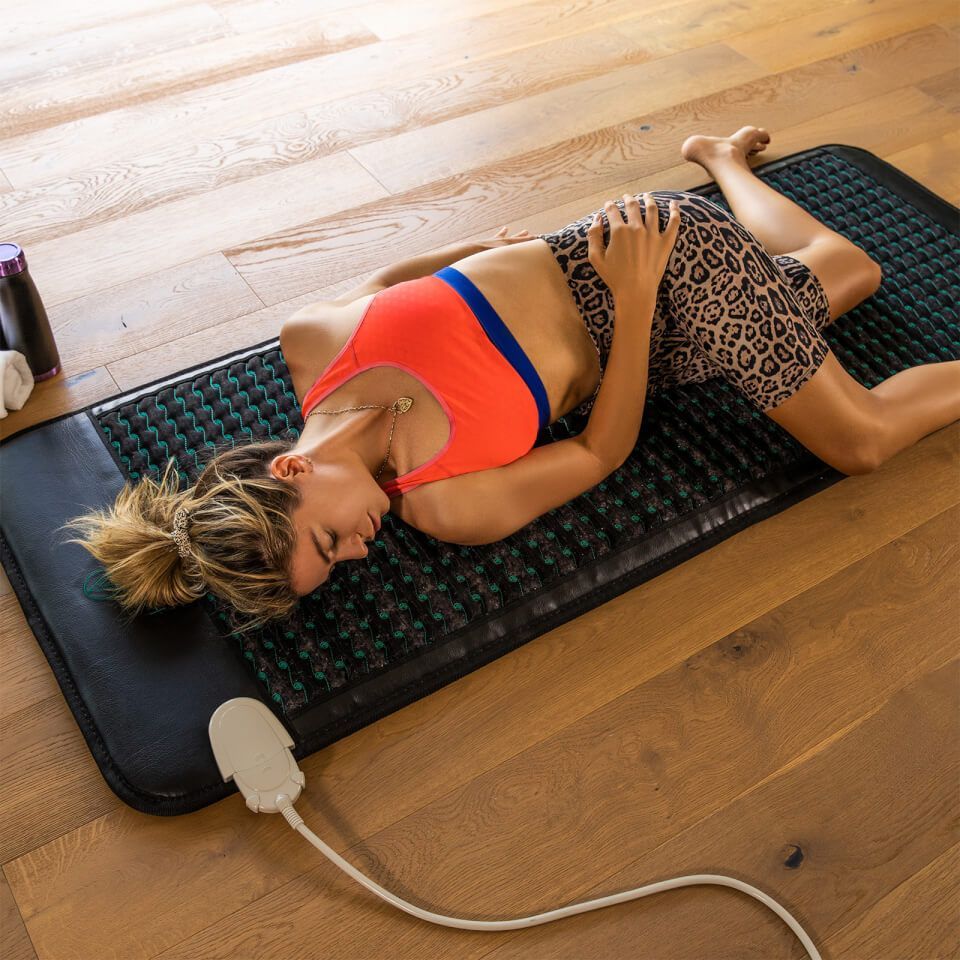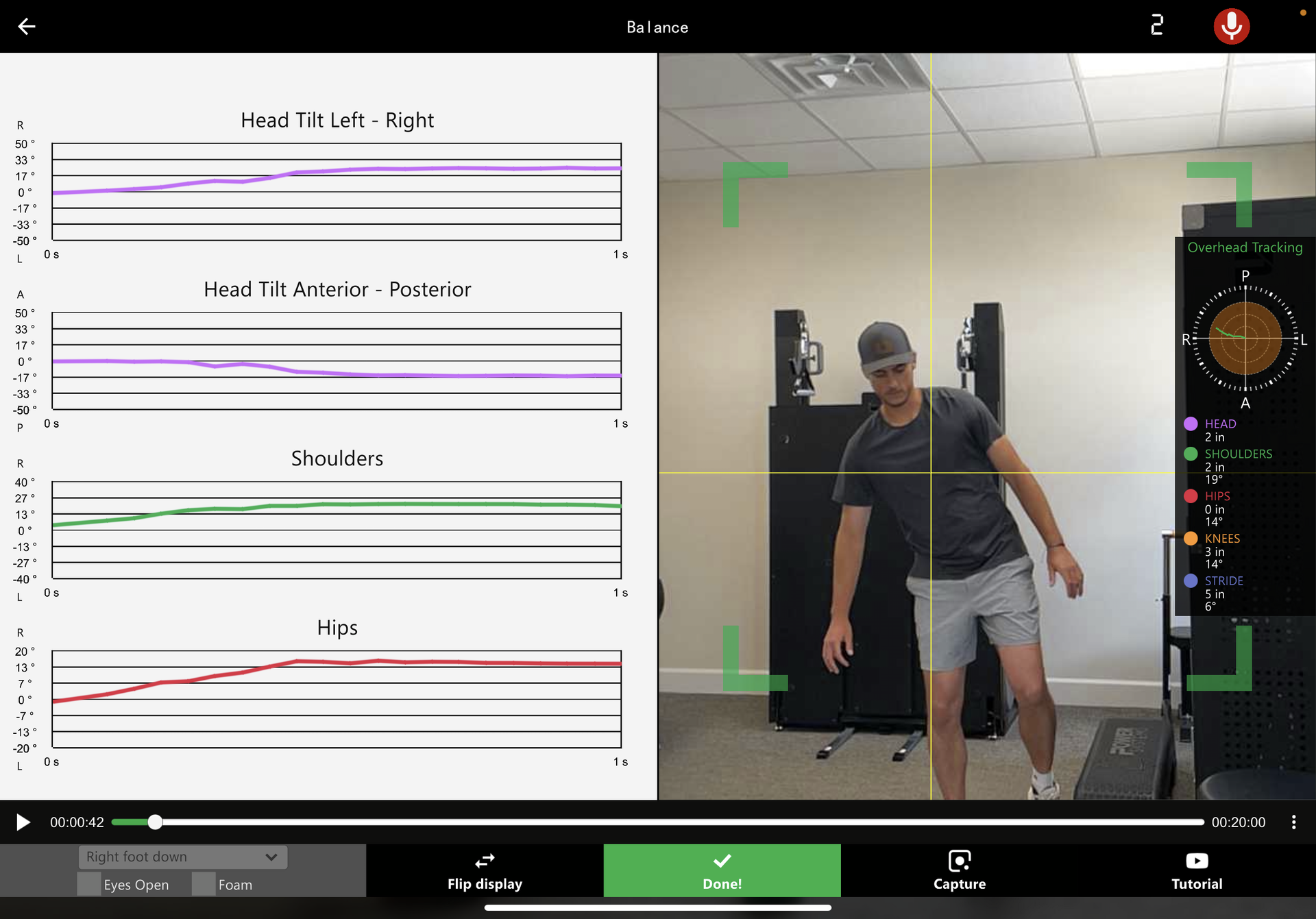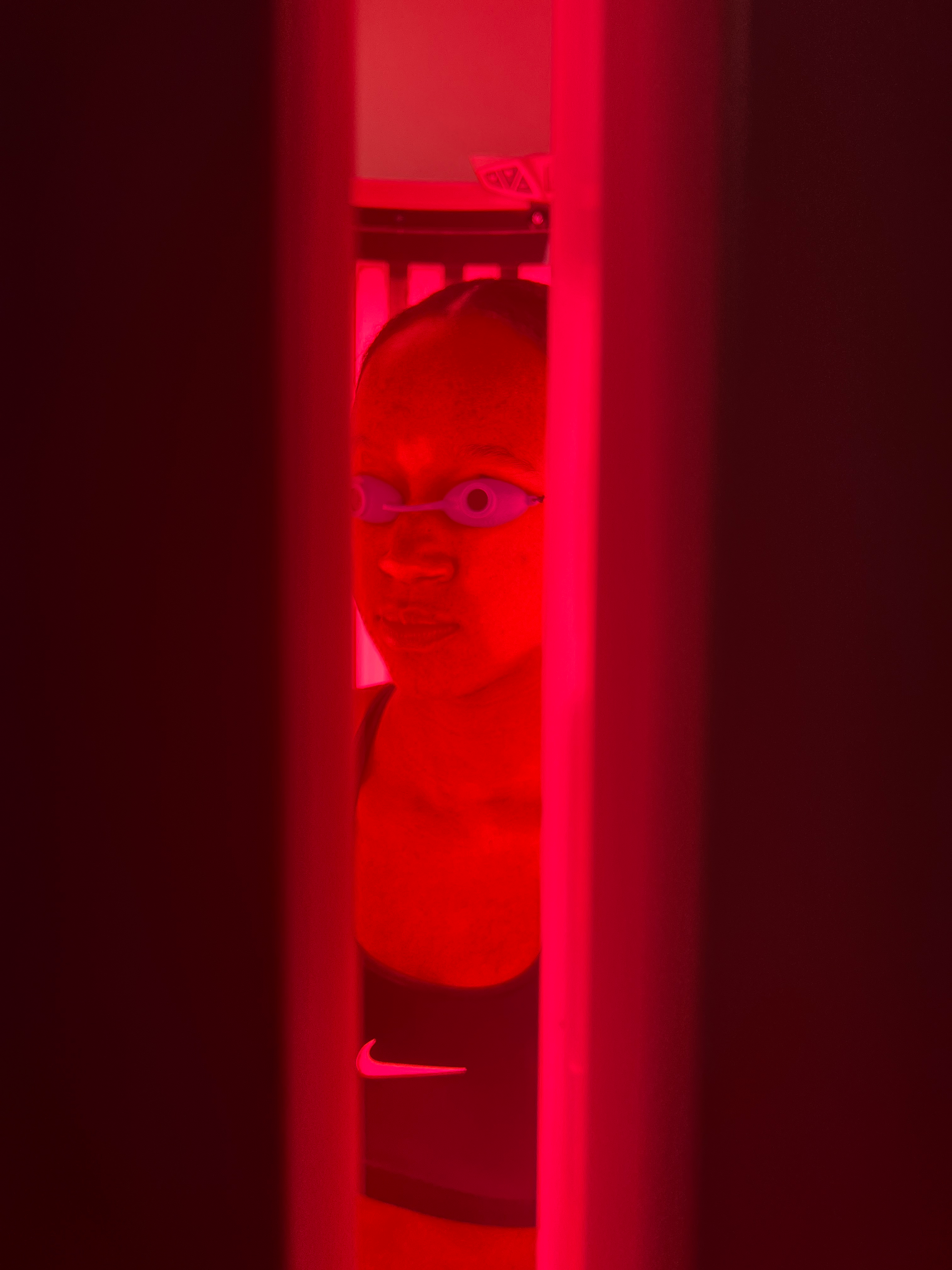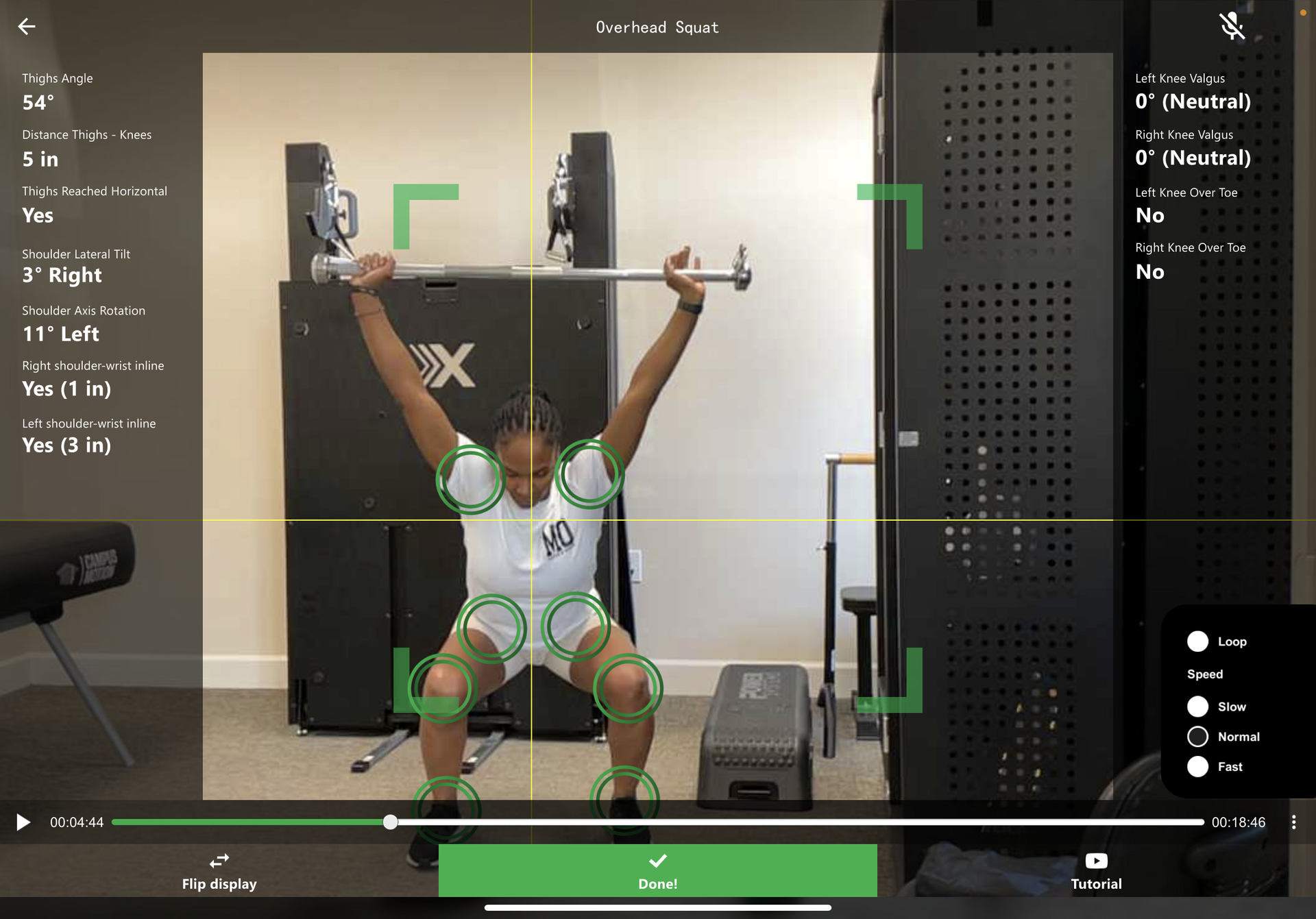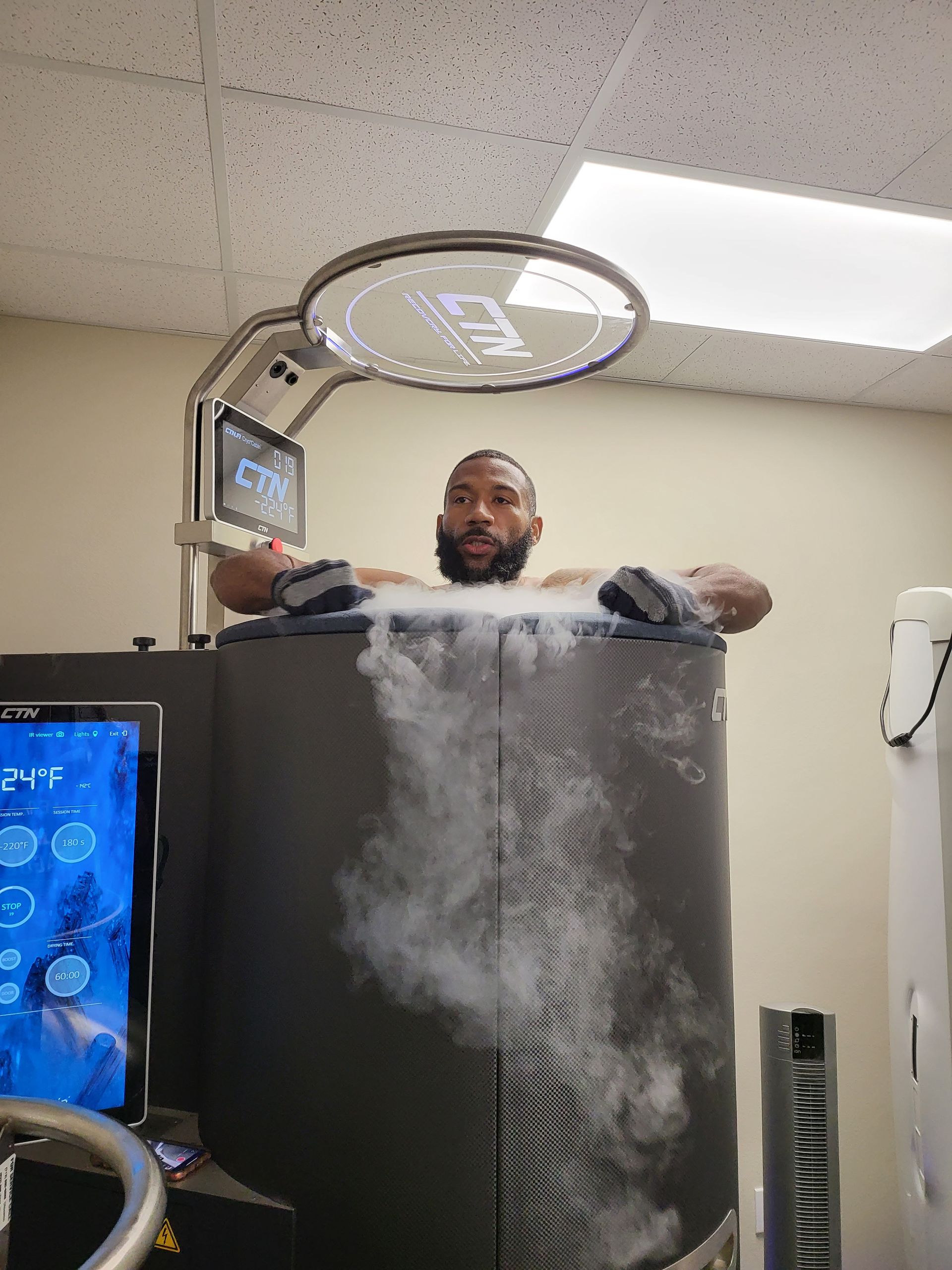What Are The Most Common Sports Injuries?
There are countless benefits of playing sports, but sometimes accidents happen. Read on for explanations of common sports injuries.
Americans love to get their head in the game: Approximately one in every four adults plays a recreational sport, and even more enjoy watching sports!
Exercise is crucial for your physical health and well-being. Many people also find emotional fulfillment and enjoyment from exercise, especially those interested in sports. Sports offer a great opportunity to engage your mind, move your body, and socialize with others.
Do you love to move your body but worry about the possibility of sports injuries? Looking for sports recovery in Cypress, TX?
Keep reading to learn more about common sports injuries and where you can find physical therapy in Cypress, TX.
Common Soft Tissue Injuries
Soft tissue injuries are the most common type of sports injuries. Soft tissue injuries involve the flexible tissues of the body, including muscles, ligaments, joint cushions, and blood vessels. Most people will experience a soft tissue injury at some point in their life, even if they don't engage in sports or vigorous exercise.
Not all soft tissue injuries require medical intervention, but it is still wise to seek an examination for any lasting pain. Some soft tissue injuries, like tendonitis, can cause chronic pain and limit mobility if left untreated.
Bruises, Sprains, and Strains
Many people assume that bruises, or contusions, are a fact of life for sports players. They are incredibly common injuries, but they still qualify as soft tissue injuries. Damaged blood vessels cause limited internal bleeding, resulting in a visible pool of blood under the skin.
A sprain is a twist, pull, or tear in a ligament, the connective tissue between bones. Sprains can occur when a person falls or collides with another person during sports activities. A sprain may feel like a fracture at first and can range from first to third degree.
Strains are not as severe as sprains, but they can still be very painful. A strain is a pull, twist, or tear of a muscle or tendon. Strains usually result from overuse or failure to properly warm up the muscles before exercise.
Overuse Injuries
The goal of working out at a gym is to put a strain on muscles and encourage new muscle growth. However, we often forget that exercise also puts a strain on ligaments and tendons.
People who play sports or exercise regularly are at higher risk for developing overuse injuries. Overuse injuries are not caused by a single traumatic impact but rather, by long-term strain and force applied to the body part.
Some common overuse injuries in athletes include:
- Jumper's knee
- Plantar fasciitis
- Tendinitis
- Tendinosis
- Tennis elbow
- IT band syndrome
- Achilles Tendonitis
- Shin splints
Compartment Syndromes
Muscles don't just float freely around the body, tethered by ligaments. Many muscles, along with nerves and blood vessels, are encased in a strong membrane called the fascia.
When muscles swell due to injury or overuse, they can create pressure inside the fascia, restricting nerves and blood vessels. There are two types of this condition, known as compartment syndrome. Compartment syndrome may flare up when the person is exercising but not cause much pain when at rest.
Acute compartment syndrome is the result of an identifiable traumatic injury. Bone fractures, repeated impacts, or strong impacts can cause acute compartment syndrome.
People who don't play contact sports can still develop compartment syndrome. Persistent physical stress, such as long-distance running, can cause chronic exertional compartment syndrome.
Other Serious Sports Injuries
No sports injury is fun, but some can be more serious than others. These injuries usually require medical intervention and a long healing process. In some cases, they could limit a person's ability to return to sports and exercise.
Bone Fractures
Bone fractures are certainly a risk for people who play sports, especially contact sports like football. Fractures usually result from a fall, twist, collision, or sudden pressure. Some common types of fractures that occur from sports injuries include:
- Stress fractures
- Compound fractures
- Spiral fractures
- Open fractures
Some fractures, like open fractures, may require immediate surgery. It can take months for a person to regain full confidence in their mobility after a fracture, so it's important to rehabilitate these injuries with physical therapy.
Dislocated Joints
Joint dislocations are another common risk in contact sports like football and basketball. They can also occur in sports that have a high fall risk, like rock climbing. Dislocations can happen wherever two bones meet, but they are most common in the hands, shoulders, hips, elbows, and knees.
Dislocated joints require immediate medical attention. Even after the joint is reset, the player may experience intense pain and swelling. Usually, joint dislocations won't end a professional sports player's career.
Spinal Injuries
Injuries to the vertebrae and spinal cord are rare, but you are more likely to experience these injuries if you play intense sports. The most common types of spinal cord injuries in sports include contusions and compressions. Both injury types can disrupt nerve function and affect mobility.
Luckily, not all spinal cord injuries cause paralysis. Through surgery and rehabilitation treatments, people can regain muscle strength and mobility after suffering a spinal injury. In rare cases, a person may be permanently disabled by this kind of sports injury.
Traumatic Brain Injuries
Like spinal injuries, traumatic brain injuries are not a common concern for athletes. However, playing intense sports can put you at a higher risk of experiencing a brain injury or concussion. Any strong impact to the head can cause a traumatic brain injury.
Several types of head and brain injuries can occur through sports. A "closed" injury occurs when the head collides with another object, but the skull does not break. Even violent shaking without skull breakage is enough to cause bruising on the brain.
"Open" head injuries, skull fractures, and skull indentations are more severe. It's possible to recover from a traumatic brain injury, but brain function may never be the same. In many cases, a traumatic brain injury can mark the end of a player's sports career.
Treatment Options for Sports Injuries
Many soft tissue injuries are preventable with proper nutrition, rest, and warming up before exercise. Nobody plans to experience a traumatic sports injury, like a dislocation, but with proper medical care and rehabilitation, athletes can typically return to the sports they love. Treatment for sports injuries may include one or all of the following:
- Self-care and rest
- The RICE method
- Pain medications
- Physical therapy
- Shockwave therapy
- Cryotherapy
- Red light therapy
- Surgery
Sports Recovery in Cypress, TX
Don't let sports injuries or chronic pain slow you down. Campus Motion is dedicated to helping you find freedom in motion again.
Click here to learn more about how our services can help you return to your athletic passions!
New Paragraph
